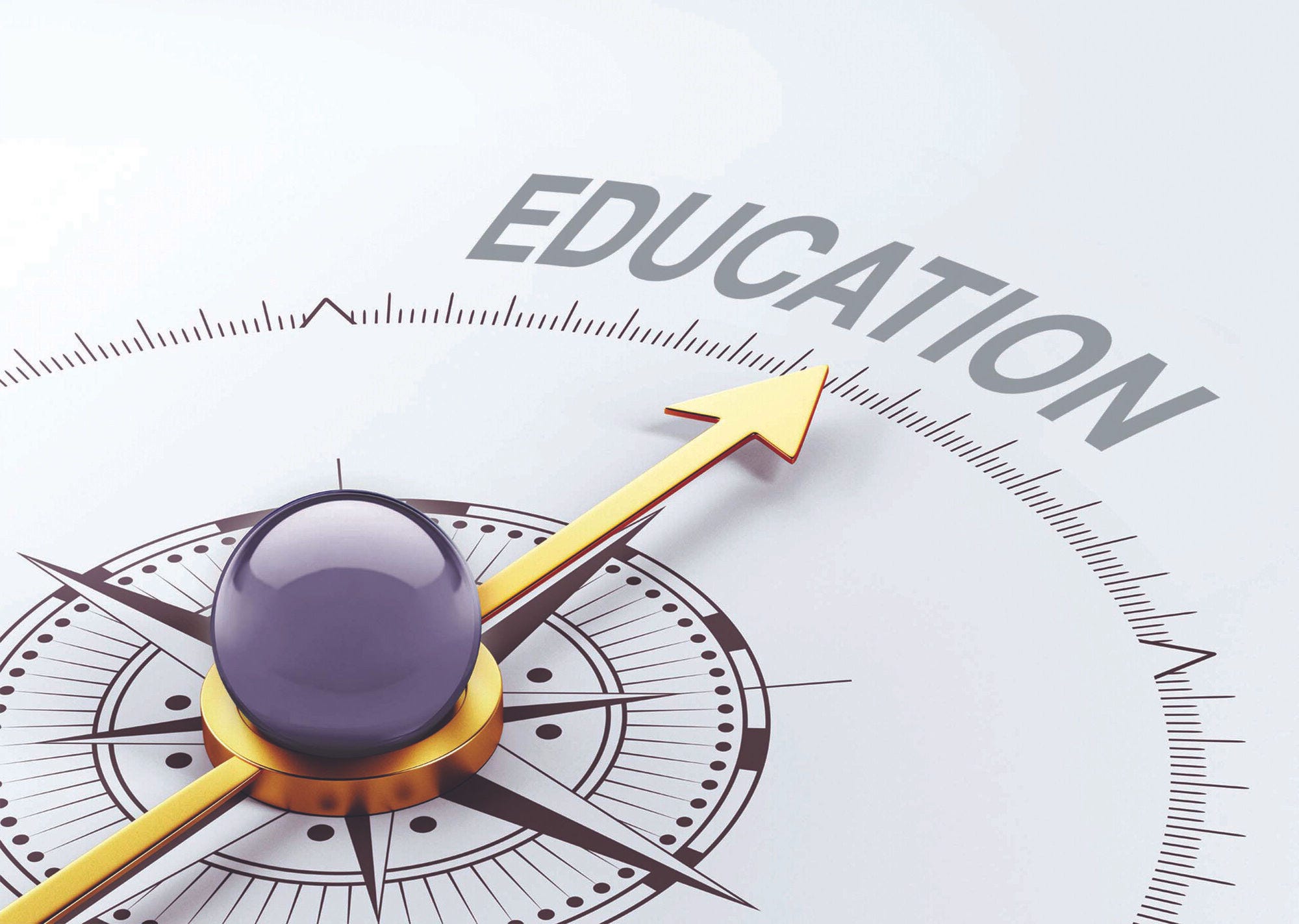Japan’s education system is one of the top performers compared to other OECD countries. International assessments have not only demonstrated students' and adults' high level of achievement, but also the fact that socio-economic status has little bearing on academic results. In a nutshell, Japan combines excellence with equity.
This high performance is based on the priority Japan places on education and on its holistic model of education, which is delivered by highly qualified teachers and supported by the external collaboration of communities and parents. But significant economic, socio-demographic and educational challenges, such as child well-being, teacher workload and the high stakes university exam, question the sustainability of this successful model.
Policy makers in Japan are not complacent, and as Japan starts implementing its Third Basic Plan for the Promotion of Education (2018-22), they are carefully analysing tomorrow’s threats to Japan’s current success.
This report aims to highlight the many strengths of Japan’s education system, as well as the challenges it must address to carry out reforms effectively and preserve its holistic model of education. The ultimate goal is to ensure that the education system delivers the best for all students, and that Japanese learners have the knowledge, skills, attitudes and values they need for the 21st century.
Education Policy in Japan

Abstract
Executive Summary
Compared to other OECD countries Japan’s education system is one of the top performers among both youth and the adult population. Japanese students have among the best performance in scientific, mathematics and reading literacy in the OECD Programme for International Student Assessment (PISA), while adults in Japan have the highest proficiency in literacy and numeracy. These excellent results are linked to an environment conducive to learning in schools and beyond, with a high quality of engagement by teachers and strong support from families for effective delivery of well-rounded (holistic) education.
Alongside this high performance, Japan faces significant economic and socio-demographic challenges. Since the 1990s, the economy has been running in low gear. Ageing of the population has shrunk the labour force and risks leading to an undersupply of skills and low development and uptake of technology. An increase in non-regular jobs has generated a “working-poor” population, and the poverty rate is among the highest in OECD countries. Investing in youth and adults to develop competencies for the 21st century can help Japan improve its uptake of new technologies, ensure a smooth transition to the future, and shield its most fragile population from poverty.
To tackle some of these challenges, the Japanese Ministry of Education, Culture, Sports, Science and Technology (MEXT) launched an in-depth reform of the curriculum and the education system. The OECD was invited to carry out this Education Policy Review to examine the current reform agenda and the policies and practices that lie behind the success of Japan’s education system.
Drawing on national and international evidence and experience, the review identifies policy options to further enhance performance of the education system and anticipate future needs. It assesses the strengths and challenges of the current reform agenda in Japan and makes recommendations with regard to introduction of the new curriculum, schools and lifelong learning (Annex A summarises strengths, challenges and policy options). Based on desk research, international research evidence and two OECD review visits to Japan (Annex B), the report was prepared by an OECD review team, composed of OECD analysts and high-level international experts (Annex C).
Current reform agenda
Japan has launched a number of reforms, some of which will be part of the 2018‑22 National Basic Plan for the Promotion of Education. Highlights among the reforms include:
Introducing a National Curriculum Reform to enhance active learning and focus on fostering student competencies related to the three pillars of the reform: 1) motivation to learn and apply learning to life; 2) acquisition of knowledge and technical skills; and 3) skills to think, make judgements and express oneself. Student assessments will be adapted to reflect the new curriculum.
Reforming the teaching career to improve teaching skills, including a revised selection process, comprehensive career training and reorganisation of teachers’ schedules to allow time for training.
Strengthening school-community partnerships by involving communities in children’s education and reforming school management (the Team Gakkou [school as a team] programme).
Ensuring financial support for those in need, including a reduction of the financial burden on low-income families for education in non-mandatory levels (early childhood education and care [ECEC] and tertiary education).
Improving access to tertiary education and adult learning through the promotion of new programmes to foster lifelong learning in an ageing society.
Strengths and challenges
To support an effective transition to 2030, Japan can build on its current efforts to develop high levels of skills to improve productivity, growth and social cohesion.
Japan recognises the need to improve teaching and learning to foster competencies for the 21st century. This includes developing cross-curricular skills, such as problem-solving and creativity. This transition may require adaptation of the curriculum, teaching and school practices and of student assessments, such as university entrance examinations.
Japan’s education system effectively delivers well-rounded (holistic) education for children: teachers are skilled and take good care of students overall; students are engaged and work collaboratively; parents fund extra learning outside of school (juku); and communities support learning. This unique model is based on all parts of the system working together cohesively. But socio-demographic and economic changes, as well as challenges in child well-being and teacher workload, require Japan to rethink how to sustain this model in the future.
Japan’s education system is high-performing, but it can boost its contribution to skills development. While there is public funding for mandatory levels of education, funding support is limited in ECEC and tertiary education. This potentially limits opportunities for women and students of lower socio-economic status. The potential of lifelong learning is recognised in Japan, but there is a need to ensure that it matches labour market needs, supports reintegration of unemployed or non-active individuals and is available for workers who have limited time for study on top of their employment.
Recommendations: Supporting Japan’s education system transition into 2030
To ensure that the current reforms take hold and the education system smoothly transitions into the future, Japan can build on the strengths of its well-rounded (holistic) education model. The reforms currently planned in Japan can effectively foster the competencies required for the future and further enhance the country’s education performance. This report presents a set of recommendations to support their implementation:
Curriculum reform: Prioritise the curriculum reform through a strategy that sustains alignment across interdependent components and communicates its value to stakeholders. This includes adapting existing assessments to reflect the new curriculum and investing in teachers’ training and initial teacher education to reinforce their capacity to adapt their practices to the revised curriculum (particularly active learning). Consider additional educational issues, such as the development of digital competence and proficiency in foreign languages.
School-community partnerships: Preserve the provision of well-rounded holistic education by enhancing school organisation and school-community partnerships. Review the role and training of school leaders in light of 2030 objectives. Focus management practices and partnerships with local communities on supporting the introduction of the new curriculum and alleviating teachers’ workload. Partnerships can counterbalance inequalities between schools and contribute to providing non-academic services to children that are currently delivered through shadow education.
Lifelong learning: Strengthen lifelong learning and financial arrangements for non-mandatory education to support equity. This includes increasing public funding to low-income households for ECEC and mainstreaming income-contingent loans for students accessing tertiary education. Design lifelong learning to meet the need for upskilling of both employers and the population, and ensure affordability, innovative delivery approaches and flexible scheduling.
In the same series
-
 18 July 2024
18 July 2024
Related publications
-
 21 November 2024
21 November 2024 -
30 July 2024









